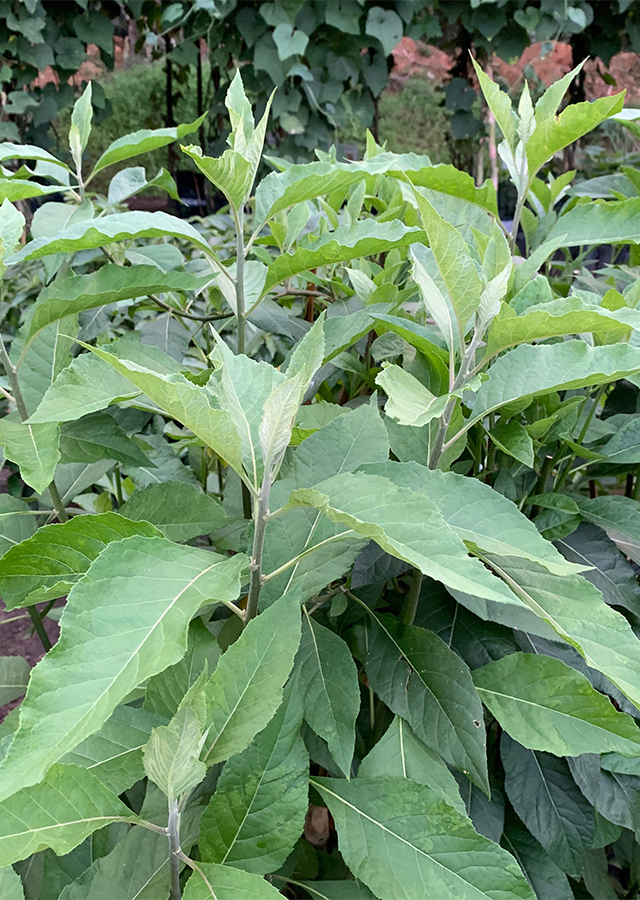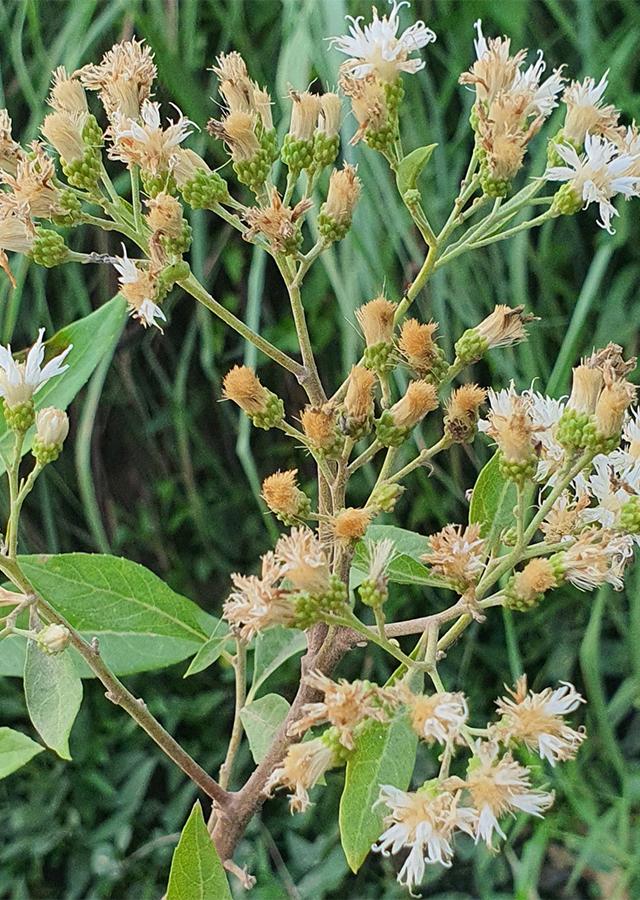Traditional Herbs from Gymnanthemum amygdalinum
malaria
- Boil 1 handful of dried African leaves with 5 glasses of water until boiling and the remaining water is 1 glass.
- Strain the concoction then drink 1 time a day.
uric_acid
- Prepare 7 pieces of leaves fresh africa. Wash the leaves then boil with 5 glasses of water until boiling. Wait 2-3 minutes then turn off the heat.
- Strain then drink warm 2 times a day, 1 glass each.
What is Gymnanthemum amygdalinum Looks like??



Parts of Gymnanthemum amygdalinum that could be used
- Leaves
- Bark
- Roots
Gymnanthemum amygdalinum Distribution
African leaves grow widely on the western African continent, especially in Nigeria and countries with tropical climates such as Indonesia. In 2009, in Bogor, African leaf plants were cultivated. In Benin, Nigeria, Cameroon, Gabon and Congo this plant is generally grown as a vegetable, the Luhya people in Western Kenya also use it as a vegetable but do not process it. This plant is known to have many health benefits, therefore it is often used by people as a medicinal plant.Agroecology of Gymnanthemum amygdalinum
Grows naturally along rivers, lakes, forest edges and mountains up to 2,800 m above sea level. Annual rainfall is 750-2,000 mm/yr. This plant likes places with sufficient sunlight and a humid environment.
Morphology of Gymnanthemum amygdalinum
- Taproot.
- Stem erect, round woody, greyish, slightly brownish in color.
- Compound leaves, pinnate spines, dark green, opposite leaflets 15-25 cm long, 5-8 cm wide, shaped like cutting edge, serrated edge.
Cultivation of Gymnanthemum amygdalinum
Propagation of this plant can be done vegetatively (stem cuttings).
Gymnanthemum amygdalinum, more details :
Chemical Content of Gymnanthemum amygdalinumFlavonoids, saponins, coumarins, phenolic acids, lignans, terpenes, luteolin, steroids, tannins, xanthones, anthraquinones, edotides, sesquiterpenes, kolaviron, terpenoids, alkaloids, glycosides.
Benefits of Gymnanthemum amygdalinum
It has anticancer and antimalarial activity, regulates blood sugar, reduces weight and uric acid levels, prevents heart disease, stroke and cholesterol, increases fertility, prevents kidney disease, treats inflammation.
Simplisia of Gymnanthemum amygdalinum
- Clean fresh African leaves from dirt using running water.
- Slice the leaves.
- Dry the leaves in the air and avoid direct sunlight.
- After drying, pack the simplicia in clean plastic and airtight.
Another Facts for Gymnanthemum amygdalinum :
Synonym of Gymnanthemum amygdalinumBracheilema paniculatum R.Br., Cacalia amygdalina Kuntze, Cheliusia abyssinica Sch.Bip.
Habitus of Gymnanthemum amygdalinum
Tree. Annual shrub, reaching 2-5 m in height
Habitat of Gymnanthemum amygdalinum
- Riverside", "Forest", "Grassland
No comments:
Post a Comment